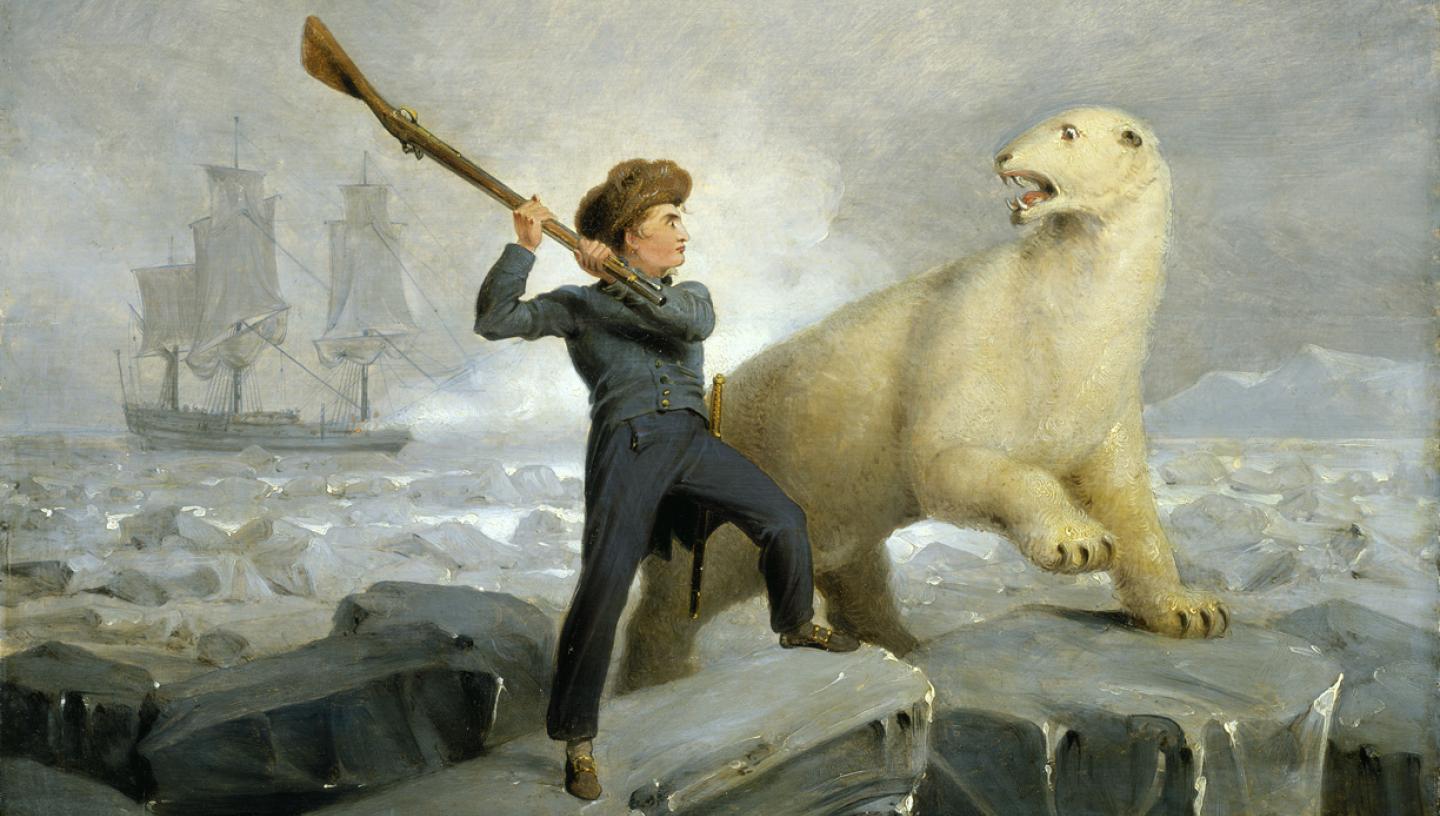
Young Nelson
Horatio Nelson was born in Burnham Thorpe, Norfolk, on 29 September 1758. He first went to sea at 12, marking the start of his heroic naval career.
Nelson's father, Edmund, was a clergyman. His mother, Catherine, died on 26 December 1767, when Nelson was only nine. Maurice Suckling, Nelson's uncle, was a captain in the Royal Navy. He had fought bravely during the Seven Years War (1756–63) and in 1770 was given a new command, during a dispute between Britain and Spain over the Falkland Islands. He offered to take one of his nephews with him to become a naval officer and Horatio was keen to go. So, in March 1771, Nelson had his first taste of the sea.
Arctic expedition
In 1773, the then 14-year old Nelson took part in an expedition to the Arctic, to find if there was a navigable passage between the Atlantic and Pacific Oceans. The expedition was a failure but notable in Nelson’s life for two reasons. Firstly, he took command of one of the smaller boats of the ships, a four-oared cutter manned by 12 seamen. In this he helped to save the crew of a boat from a walrus attack. Second, in a bid to claim a bearskin for his father, he attempted to shoot a polar bear. This exploit later became part of the Nelson legend, depicting him heroically head-to-head with a polar bear – noticeably omitting the fact that his gun misfired and he had to be rescued!
Rising through the ranks
In 1777, Nelson became a lieutenant – the first step in his promotion as a commissioned officer. His first appointment in this role was under Captain William Locker on HMS Lowestoffe.
Nelson rose quickly through the ranks, becoming a captain by the age of 21. In March 1784, aged 25, he was appointed captain of HMS Boreas, stationed in the West Indies. This was a rare peacetime command amid important British island colonies that were vital for trade. But his attempts to suppress illegal trade made him unpopular with the islanders. It was during this period, however, that he met and married Frances Nisbet on Nevis.
After his marriage, Nelson returned to Norfolk and spent five years on half-pay until the outbreak of war in the wake of the French Revolution changed his fortunes.
Find out more about Nelson's life and legacy at the National Maritime Museum's 'Nelson, Navy, Nation' gallery. Entry to the National Maritime Museum is free, open daily from 10am.